With a foot of snow on the ground and more on its way here in Boulder the vision of a fresh veggie garden filled with an abundance of succulent fruits is a hard one to imagine. Eating fresh local food this time of year is nearly impossible unless you grow your own.
Want the quick-fix super simple solution?
Grow your own sprouts!
Sprouts are a crucial compliment to any whole foods, plant-based diet. They’re a super-concentrated source of vitamins, minerals, antioxidants, fiber and protein! If you grow them yourself, sprouts are also an inexpensive way to pack a ton of nutrients into your diet. Plus it feels good to grow your own food with love. And they look really pretty on your countertop.
Below are my 5 super simple steps to growing your own sprouts.
Step 1: Choose sprout seeds and gather the right equipment
Check your local health food store for organic sprout seeds. There are all types of sprouts: alfalfa, broccoli, mung bean, pea. Choose your favorite or be adventurous and try something new. I selected alfalfa seeds this time because they’re easy and they grow quickly.
You’ll also need a 64-ounce, wide mouth mason jar, a stainer top, a drying rack and a towel or drying rack tray. Again, check your local health food store – they’ll likely have everything you need.
Step 2: Soak sprouts
Place 3 tablespoons of seeds in mason jar, cover with cold purified water to soak the sprouts and secure strainer top. Different types of sprouts require different soaking times (generally 6 to 12 hours), but a general rule of thumb is to soak them overnight.
Step 3: Drain sprouts
Drain and rinse sprout seeds thoroughly and place upside down on the drying rack.
Step 4: Rinse daily
Rinse sprouts every morning and every evening, placing them upside down on the draining rack in between rinses.
Step 5: Harvest and eat!
Alfalfa sprouts typically take 4 to 5 days to fully sprout. On the last day of sprouting, place the sprouts in direct sunlight to “green” them and increase their chlorophyll content.
Chlorophyll is a naturally occurring molecule that gives plants their green color. It is an excellent blood cleanser and blood builder. It oxygenates and alkalizes the body, which leads to numerous other healing benefits – namely boosting the immune system and helping to fight inflammation and infection.
I love to enjoy sprouts as an addition to just about anything – they make salads more interesting, they’re great in a nori wrap with avocado or Zucchini Hummus (download our free e-cookbook to get the recipe). They’re also great in a green smoothie, although they can be quite “earthy” tasting so enjoy with sweet fruits like pineapple and banana.
So tell me, are you a sprout lover, sprout hater or sprout curious? What’s your favorite variety of sprouts? Let us know in the comment section below!
With love and loads of sprouts,
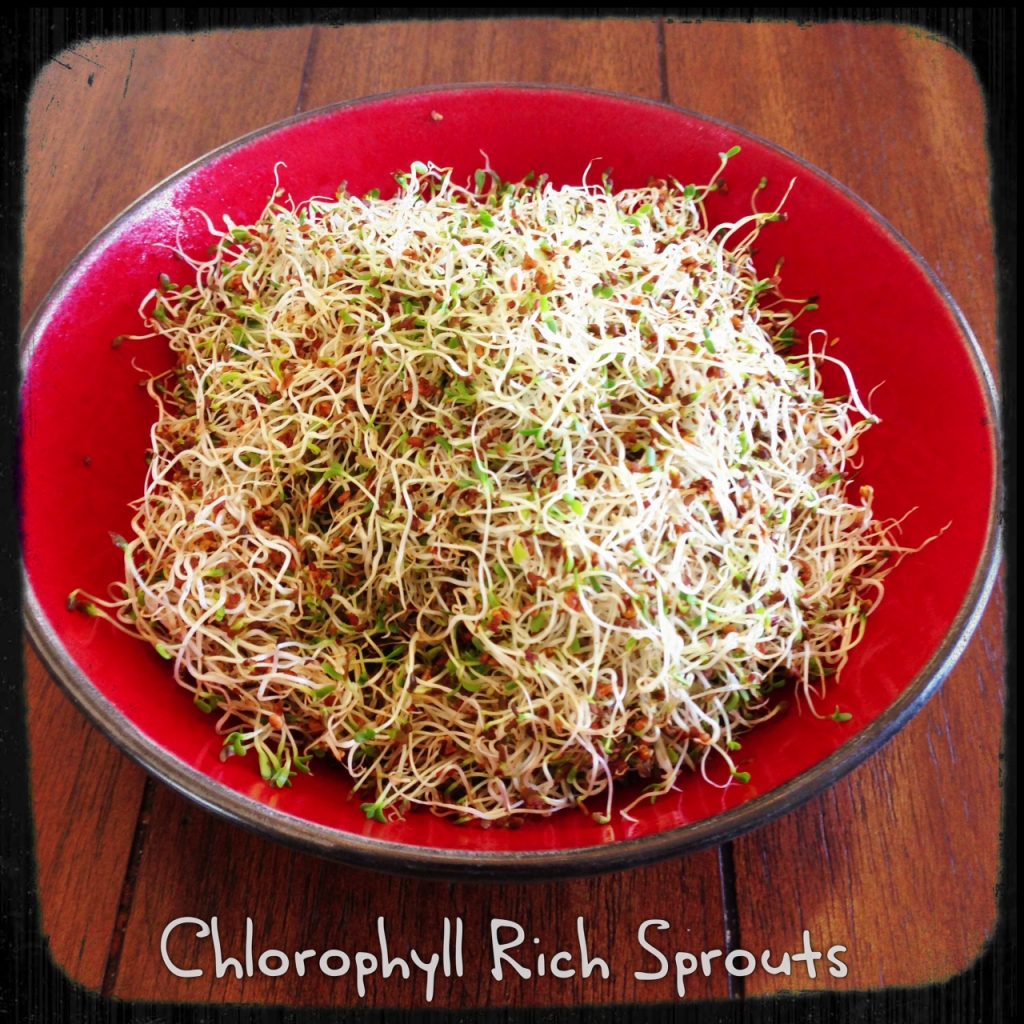
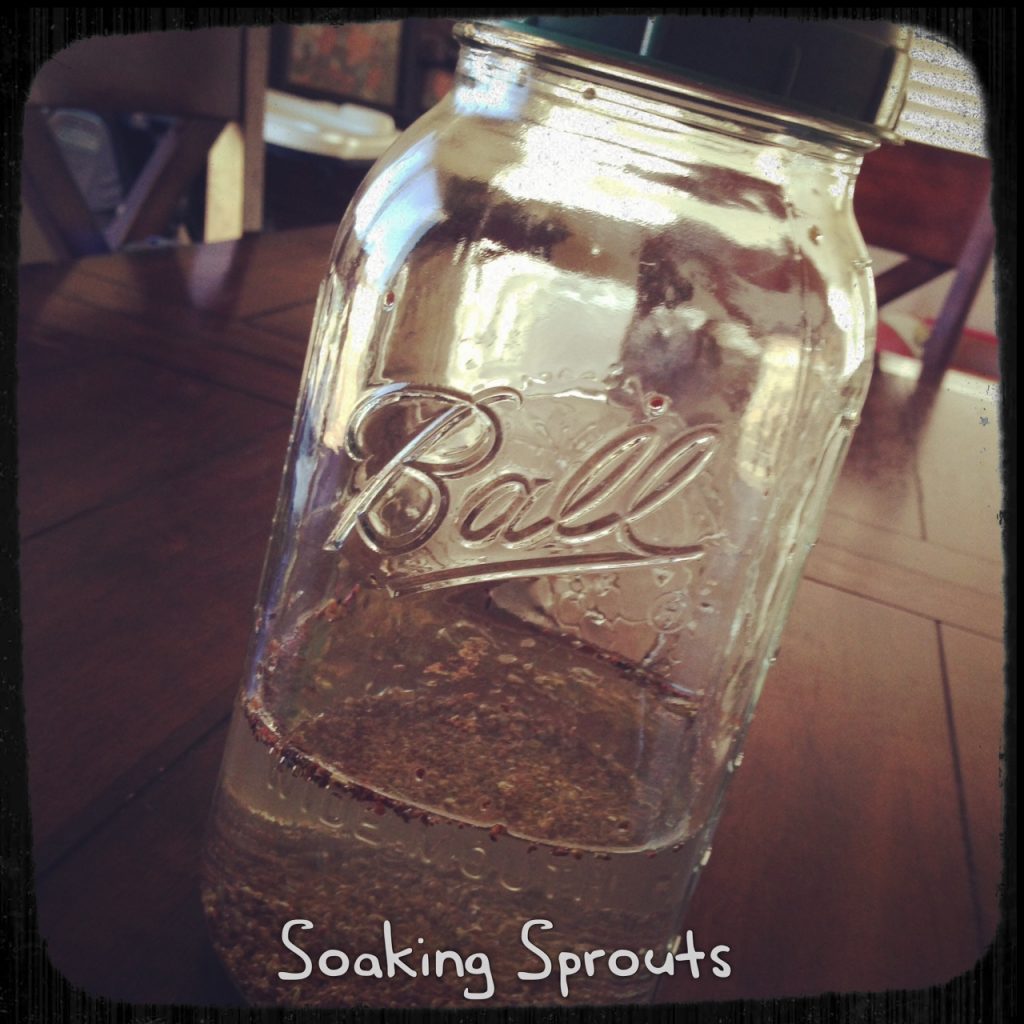
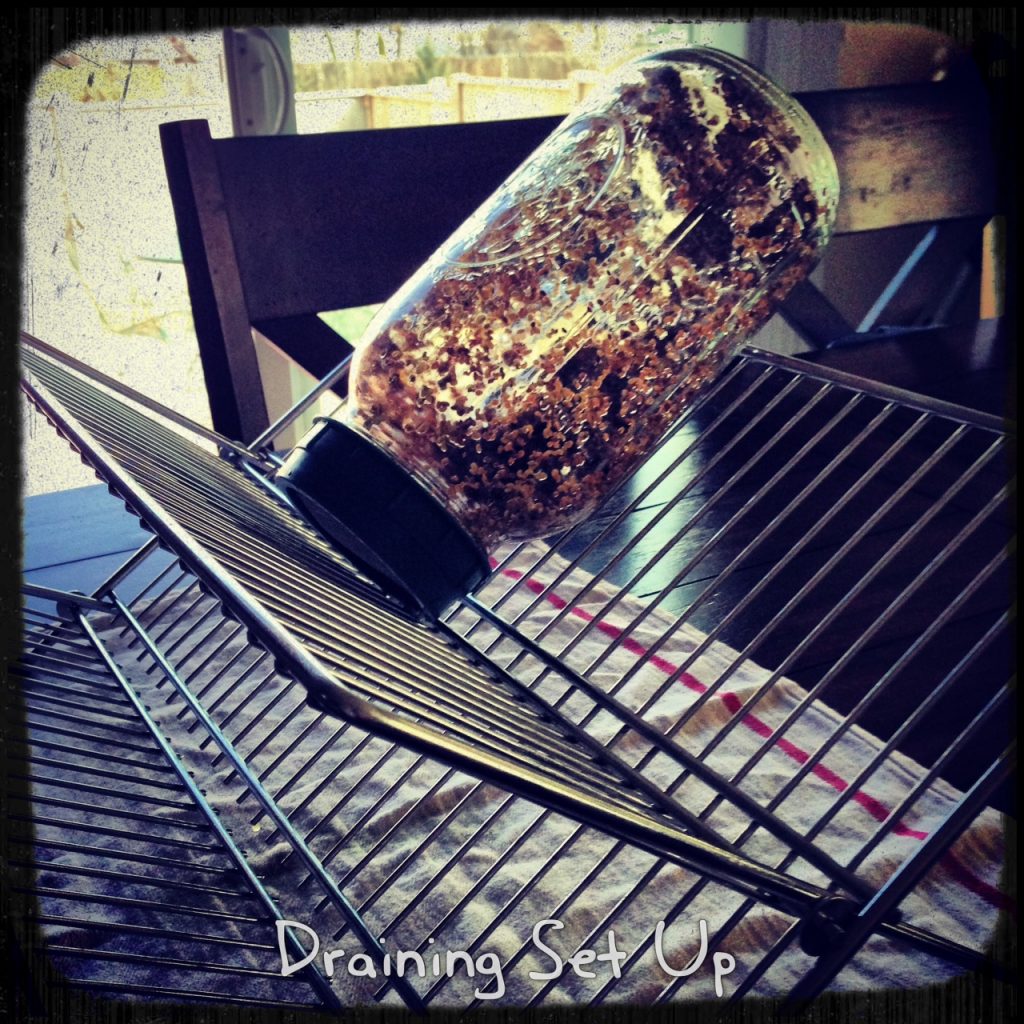

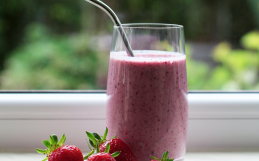
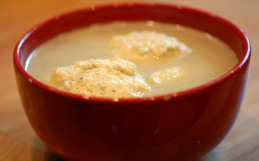
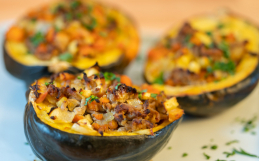

I love sprouting but I’ve only done it a few times. I really liked the lentil sprouts I did but I would love to try alfalfa. Maybe next week!!
Nice Jaime! Post some pics on our fan page when you go for it.
Thanks for posting this bit on sprouting. It’s been high on my list of something I should start doing again!
Awesome Tess! Let us know how it goes!
No alfalfa at Whole Foods. Probably should have gone to Alfalfa’s hahaha. Anyway, I started mung beans yesterday!! I plan to make some wraps and salads with them!